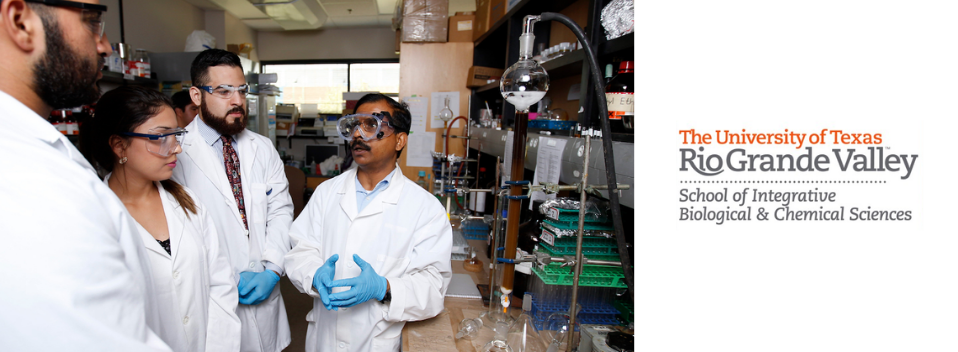
School of Integrative Biological & Chemical Sciences Faculty Publications and Presentations
Contrasting carbon cycle responses to dry (2015 El Niño) and wet (2008 La Niña) extreme events at an Amazon tropical forest
Document Type
Article
Publication Date
6-15-2024
Abstract
Land surface models diverge in their predictions of the Amazon forest's response to climate change-induced droughts, with some showing a catastrophic collapse of forests, while others simulating resilience. Therefore, observations of tropical ecosystem responses to real-world droughts and other extreme events are needed. We report long-term seasonal dynamics of photosynthesis, respiration, net carbon exchange, phenology, and tree demography and characterize the effect of dry and wet events on ecosystem form and function at the Tapajós National Forest, Brazil, using over two decades of eddy covariance observations that include the 2015–2016 El Niño drought and La Niña 2008–2009 wet periods. We found strong forest responses to both ENSO events: La Niña saw forest net carbon loss from reduced photosynthesis (due to lower incoming radiation from increased cloudiness) even as ecosystem respiration (Reco) was maintained at mean seasonal levels. El Niño induced the opposite short-term effect, net carbon gains, despite significant reductions in photosynthesis (from a drought-induced halving of canopy conductance to CO2 and significant losses of leaf area), because drought suppression of Reco losses was even greater. However, long-term responses to the two climate perturbations were very different: transient during La Niña –the forest returned to its “normal” state as soon as the climate did, and long-lasting during El Niño –leaf area loss and associated declines in photosynthetic capacity (Pc) and canopy conductance were exacerbated and extended by feedbacks from higher temperatures and atmospheric evaporative demand and persisted for ∼3+ years after normal rainfall resumed. These findings indicate that these forests are more vulnerable to drought than to excess rain, because drought drives significant changes in forest structure (e.g., leaf-abscission and mortality) and ecosystem function (e.g. reduced stomatal conductance). As future Amazonian climate change increases frequencies of hydrological extremes, these mechanisms will determine the long-term fate of tropical forests.
Recommended Citation
Restrepo-Coupe, Natalia, Kleber Silva Campos, Luciana F. Alves, Marcos Longo, Kenia T. Wiedemann, Raimundo Cosme de Oliveira Jr, Luiz EOC Aragao et al. "Contrasting carbon cycle responses to dry (2015 El Niño) and wet (2008 La Niña) extreme events at an Amazon tropical forest." Agricultural and Forest Meteorology 353 (2024): 110037. https://doi.org/10.1016/j.agrformet.2024.110037
Publication Title
Agricultural and Forest Meteorology
DOI
https://doi.org/10.1016/j.agrformet.2024.110037


Comments
© 2024 Elsevier B.V. All rights reserved.